The region known as Volhynia is not obvious on most maps of Europe. It is remembered in the name of the Volyn Oblast in Ukraine. The region’s boundaries are vague, but today it is somewhere between northwestern Ukraine, southwestern Belarus and southeastern Poland. Before Ukraine gained its independence, it was ruled by the Soviet Union. Before World War II, Volhynia was the southeastern fringe of the Second Polish Republic. It is a region historically populated by Poles, Ukrainians and Jews. During World War II, it descended into a nightmare not unlike what became of Yugoslavia after its dissolution in the 1990s. Ukrainian nationalists slaughtered Poles, and the Poles retaliated in kind.
Volhynia (in Polish Wołyń, on Amazon in English as Hatred, derived from the short-story collection by Stanisław Srokowski on which the movie is based) is a 2016 Polish war drama directed by Wojciech Smarzowski, which dramatizes that awful period in the region’s history.
It is a film that begins, strangely enough, quite happily, with a wedding. There is much singing and dancing and general merriment. Making this even more hopeful is the fact that it is a wedding between a Polish girl and a Ukrainian boy. A Ukrainian priest talks of tolerance. The sister of the bride, Zofia — the main character — is in love with another Ukrainian boy, but her father has decided she is to marry an older Polish municipal authority. Even so, she continues to dally with her beau.
You could be forgiven for assuming this film will be lighthearted, and the first chunk of the narrative does feel almost quotidian, dominated by quarrels between Zofia and her unwanted husband, and her dalliances with her Ukrainian lover. There are a number of scenes with nudity in this segment, with a youthful joie de vivre to them that made my American eyes roll just a tad at what I perceived as Europe’s different standards to such things. It all feels rather innocent.
It leaves you utterly unprepared for the walk through the bowels of hell that is the rest of the movie.
Poland is partitioned by Germany and the Soviet Union. Germany invades the Soviet Union. Volhynia becomes part of what historian Timothy Snyder has called the Bloodlands. It is a plaything between two massive empires. Much emphasis is placed on the apathy of the movers and shakers of the war to the people on the ground. The Soviets try to eradicate religion, the Germans try to eradicate the Jews. As if that wasn’t bad enough, Ukrainian nationalists embark on a war of extermination.
For far too many in this film, life becomes nasty, brutish and short. Zofia has to keep her wits about as she becomes hated by one side or another for being Polish and associating with Ukrainians. The Germans and Soviets allow this to happen, or don’t care. Loss, for her, becomes regular as clockwork.
Volhynia is not for the faint of heart. It should absolutely not be shown to children. This film reaches a level of viscerality in its violence that few American movies are willing to breach, with so many awful things depicted in full view. There is none of the American reluctance to show violence toward children; little ones die as easily as their parents in ways that make you question the existence of human decency.
I had a feeling after watching Volhynia not unlike what I felt after reading Snyder’s Bloodlands: Europe Between Hitler and Stalin or Iris Chang’s The Rape of Nanking: a despair, a sadness that doesn’t make you cry so much as it makes you feel completely dead inside. It is a film that forces you to reckon with the ugliness that exists in every human being, even ones who lived in harmony together for so long. It is about the fragility of peace, and the slim line between civilization and barbarism.

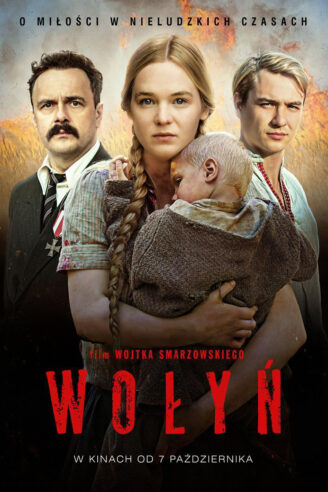
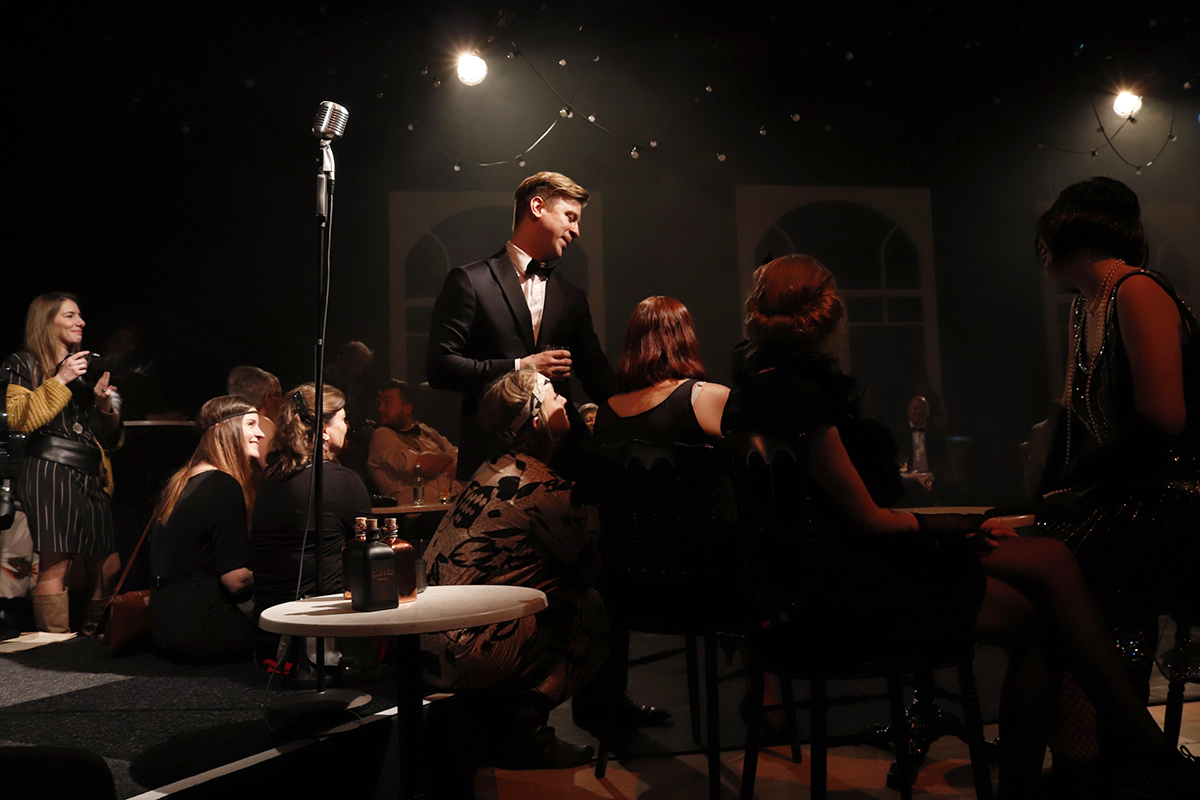
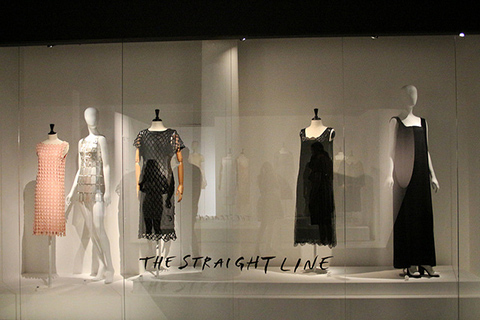
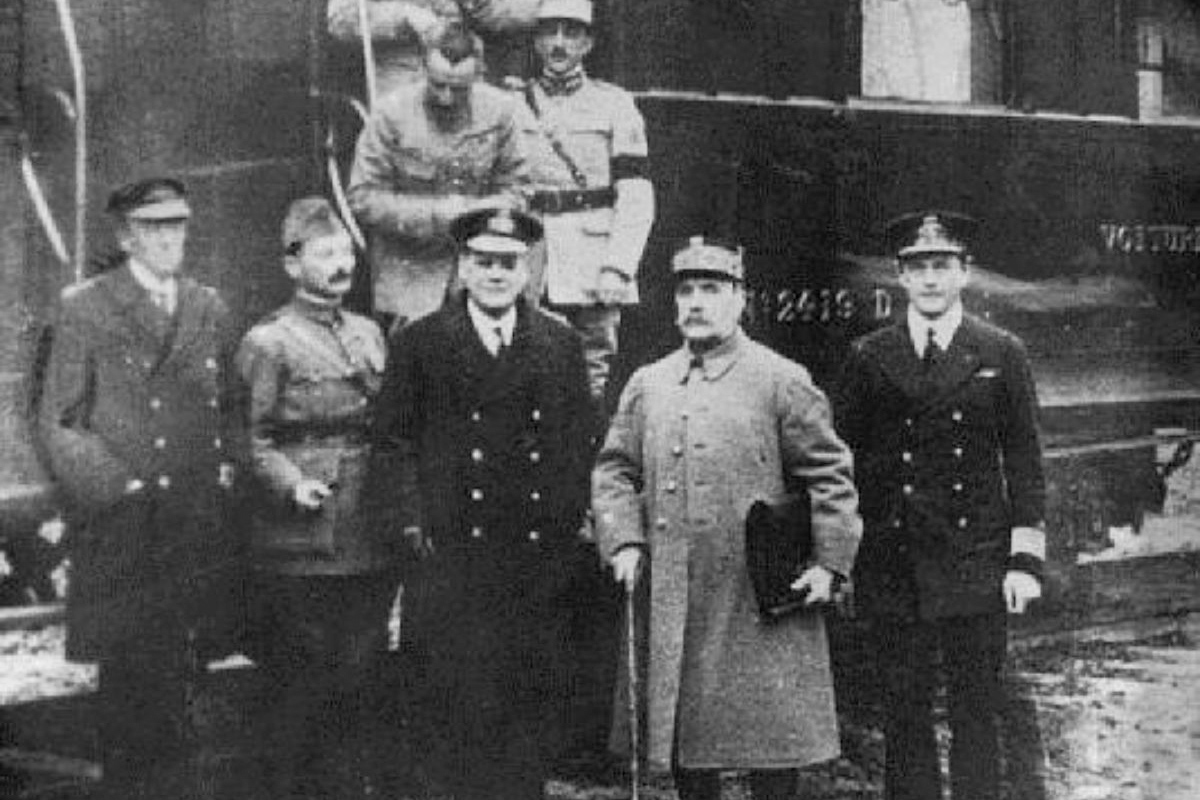
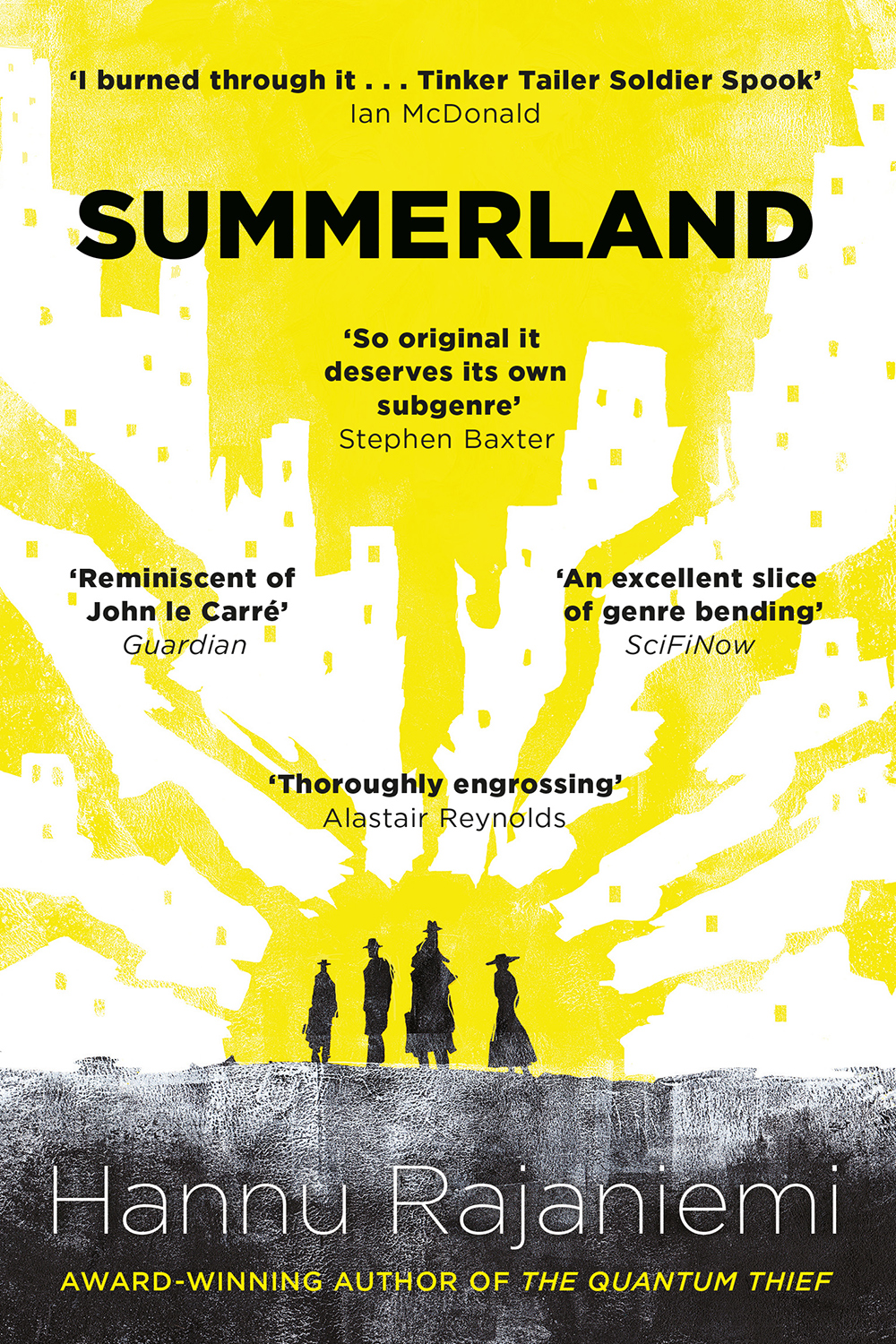
1 Comment
Add YoursCrime can leave you that way…Hell comes in many size boxes. But you can still hope for that one, half-way good day. I like living alone. It is good to live that way. So your death doesn’t tear anyone else up.